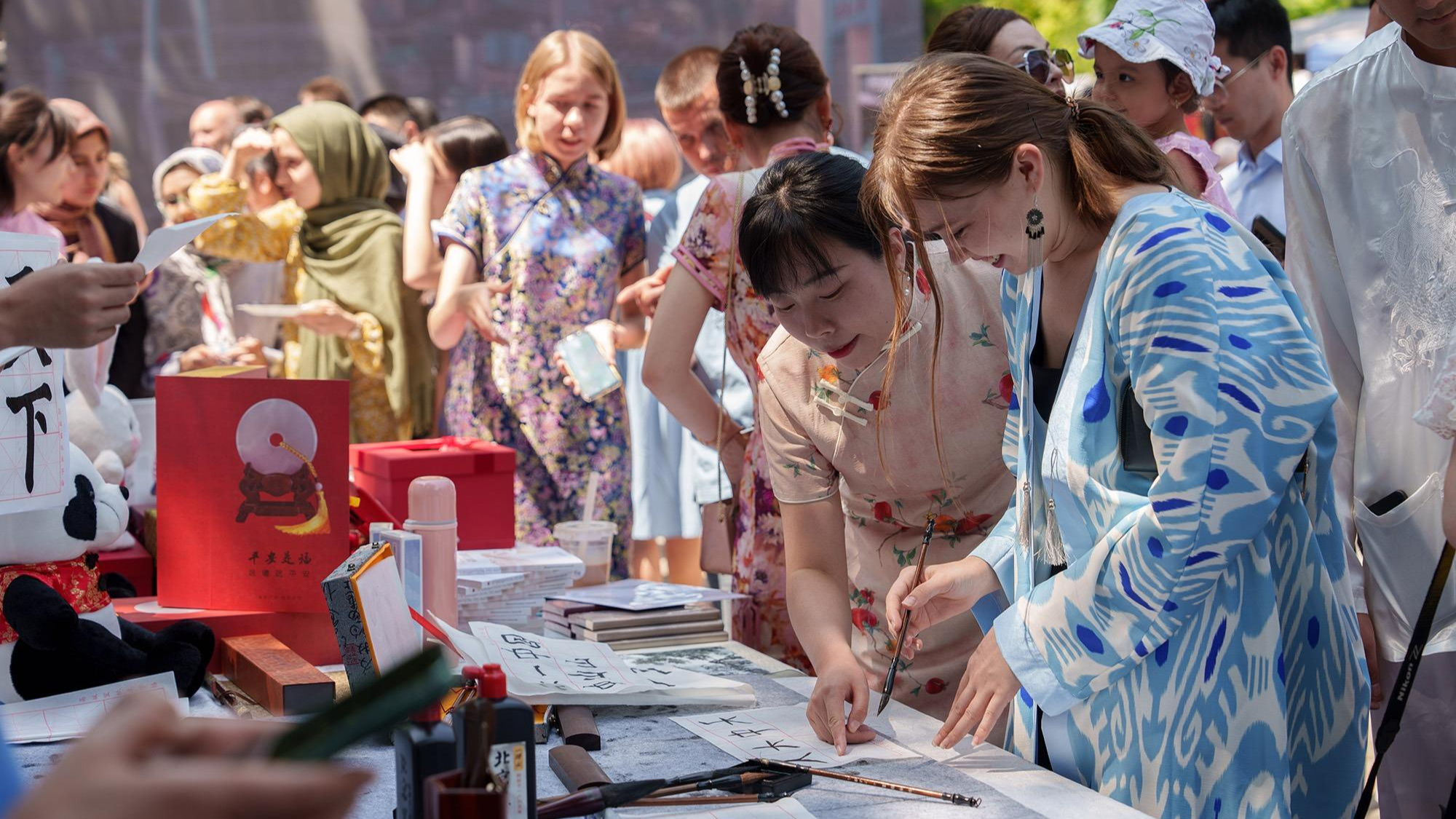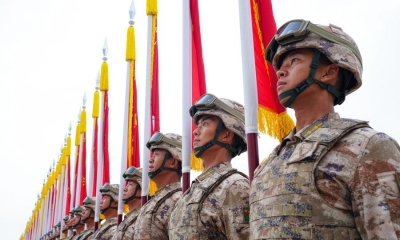Pragmatic Approach at China-Central Asia Summit Yields Gains

The second China-Central Asia Summit offers a sense of optimism for public figures and private citizens in all six participating countries. Now, in the spirit of cooperation, the hard work begins: putting agreements into action.
The recently concluded second China-Central Asia Summit served as a powerful reminder of what can happen when multiple leaders unite in advocating for progress.
While it may seem reductive to boil down complex discussions into data points, it is notable that 12 cooperation agreements were signed during the roughly 48 hours the six presidents spent together. The agreements ranged from challenging issues, such as green minerals, to more accessible topics, such as people-to-people exchanges.
The participating nations included China, Kazakhstan, Kyrgyzstan, Tajikistan, Turkmenistan and Uzbekistan. The inaugural summit took place two years ago, when the six countries committed to a collective strategic partnership. The next summit is scheduled for 2027.
Chinese Foreign Ministry Spokesperson Guo Jiakun said President Xi Jinping sought to impress upon attendees that “we should cement the bonds of the shared vision, mutual understanding and mutual affection between our peoples, and uphold a fair, equitable international order, as well as an equal, orderly world structure.”
Such language aligns with frequent statements by President Xi, who has advocated for global stability to enable nations both large and small to progress, and for building a global community of shared future. His words often stand in stark contrast to the bombast some leaders display when seeking headlines or political points at home.
Meanwhile, Uzbek President Shavkat Mirziyoyev said China’s “consistent commitment to fostering friendly relations with its neighbors and promoting the Belt and Road Initiative are enabling this format of cooperation to thrive.”
Most experts are expected to spend considerable time in the coming days and weeks dissecting the treaty of permanent good-neighborliness and friendly cooperation, which was signed by the leaders of the six nations at the summit. The pact is set to enhance efforts related to trade, energy and digital infrastructure. China will also provide 1.5 billion yuan ($208 million) in aid to bolster development opportunities in the five Central Asian countries.

An analysis published in The Diplomat identified four major developmental challenges facing the region: a lack of access to the sea, inadequate development of the financial sector, the absence of a coordinated policy on water and energy resources, and climate change. China’s aid package may address at least two of these issues.
Keep in mind that China’s recent investments in the region have totaled $30 billion, a clear indication that it views Central Asia as pivotal to global peace and development.
In 2024, trade between China and the five Central Asian nations reached nearly $95 billion, and there is every reason to believe that figure will grow as a result of the goodwill displayed in this year’s summit in Astana, the capital of Kazakhstan.
President Xi emphasized that the Belt and Road Initiative provides further impetus for growth among all six nations. The Chinese leader used the occasion to reiterate that “there is no winner in tariff wars or trade wars. Unilateralism, protectionism and hegemonism will surely backfire while hurting others.” He added that attempts by any nation to conduct international relations under the law of the jungle are a recipe for failure, stating that the 21st century must be defined by win-win cooperation in global affairs.
The serious and sober manner in which the events in Kazakhstan unfolded serves as a reminder that when accomplishments matter more than accolades and results outweigh rhetoric, success often follows.
Notably, there was no needlessly dramatic moment, unlike the G7 gathering in Canada, where a Western leader left early, hinting at “commitments” to the ongoing Israel-Iran conflict. The six leaders in Kazakhstan avoided grandstanding, demonstrating a focus on substance over spectacle.
As someone with more than two decades of experience in higher education, I am especially interested in how the six nations will expand educational opportunities and strengthen people-to-people exchanges in the coming years. Kazakh President Kassym-Jomart Tokayev can speak to the value of academic partnerships. He studied in China as a young man, and one benefit of that experience is his fluency in Mandarin.

An academic study by Gu Xiuyan at Shaanxi Normal Univeristy reported that increasing numbers of students from Central Asia, both undergraduate and graduate, are choosing to study in China. The author wrote: “China and Central Asian countries are constantly promoting exchanges, striving to realize the exchange of resources and cultures, and are committed to establishing a sound international education cooperation system.”
Gemingguli Muhetai, a China-based scholar, applauded efforts to bring interested students to China to learn about topics such as biodiversity, water resources, food safety and agriculture. She added, “Younger generations admire China’s scientific progress and want to apply it in their own countries.”
Another report titled “Expanding China’s Education Diplomacy in Central Asia” noted that faculty exchanges are becoming more prominent. In May, China hosted the 2025 China-Central Asia Industry-Academia-Research Cooperation Conference, a one-day event that brought together educators, business leaders and scholars from China and Central Asia.
Finally, an important think tank, the China and Central Asia Studies Center, housed at KIMEP University in the Kazakh capital, offers opportunities for educators to examine China’s expanding interactions with Central Asian countries.
All these efforts point to one reality: current and aspiring students and educators in China and Central Asia will learn from each other and collaborate on research. It is impossible to predict what they might discover, but that only underscores the most important point: the openness shown by all six nations clearly contrasts hostile policies toward international students and scholars in the U.S.
The second China-Central Asia Summit offers a sense of optimism for public figures and private citizens in all six participating countries. Now, in the spirit of cooperation, the hard work begins: putting agreements into action.
 Facebook
Facebook
 Twitter
Twitter
 Linkedin
Linkedin
 Google +
Google +







